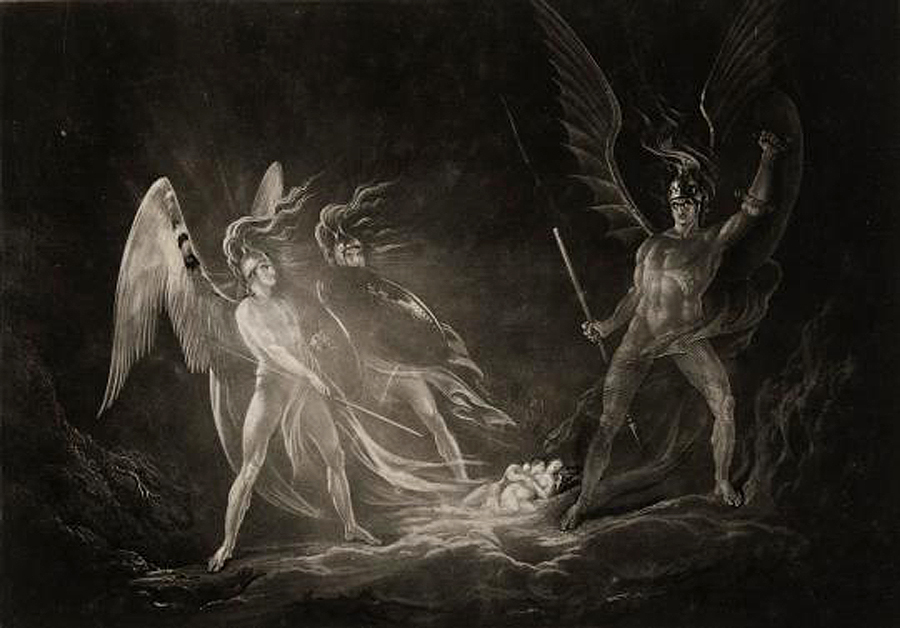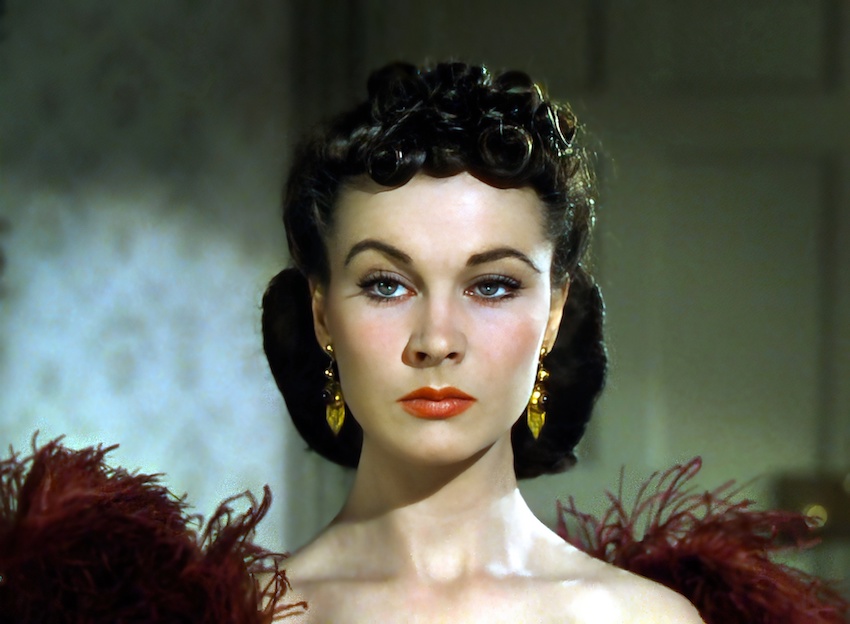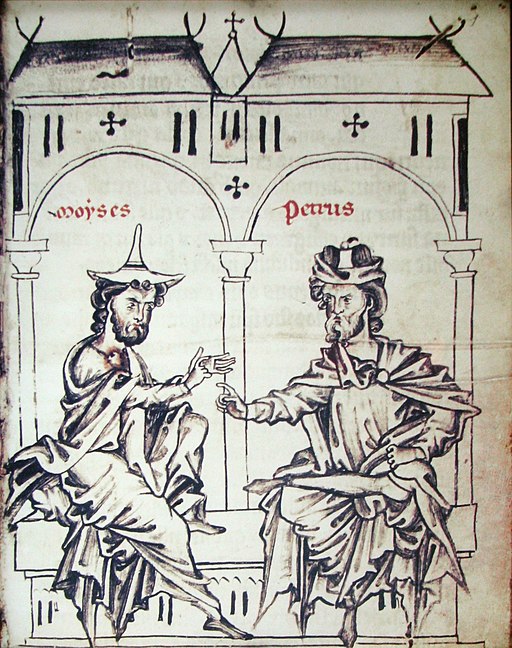Featured in

- Published 20241105
- ISBN: 978-1-923213-01-2
- Extent: 196 pp
- Paperback, ebook, PDF


Already a subscriber? Sign in here
If you are an educator or student wishing to access content for study purposes please contact us at griffithreview@griffith.edu.au
Share article
More from author

Scarlett fever
Non-fictionThe competition was notable for its shift away from being a Vivien Leigh lookalike contest. The bid to find a woman who, instead, ‘most closely’ resembled how Scarlett ‘would act and speak today’ and embodied ‘her spirit and sass’ opened up the search to any woman with a bit of chutzpah, including, in theory, Black and other women of colour.
More from this edition

Adventures in the apocalyptic style
Non-fictionIt's easy to laugh at preppers, dismissing their ideas in the process. It’s also easy to adopt the prepper worldview wholesale, and make fun of everyone else – all those sheeple – for not seeing what a mess we’re really in. It’s harder, but ultimately more productive, to see prepping as a complex, contradictory response to the multiple crises the world is facing. Prepping is more than just a freakshow, although it is that. And prepping is more than a useful instructional manual, although it is that, too. Neither wholly reasonable nor wholly ridiculous, prepping culture is a vivid and alarming reflection of a contemporary Anglophone culture that exists in a state of perma-crisis and can find only simple answers to wicked problems.

Kale
Poetry In her arms she cradles the kale, knowing these are precious days. She stares down lovingly at the kale, who stares back. She’s never sure...

Up for debate
In ConversationDebate emphasises different ideals. You are forced to argue for positions you don’t believe and, regardless of your stance, you learn always to consider the opposing perspective. That is quite literal: after preparing your case, you turn to a different sheet and write the four best arguments for the other side or mark up your argument for its flaws and inconsistencies. Paper and pen. That is countercultural at a time when we expect a tight nexus between speech and identity, and I think there is something to be gained from such role-play.